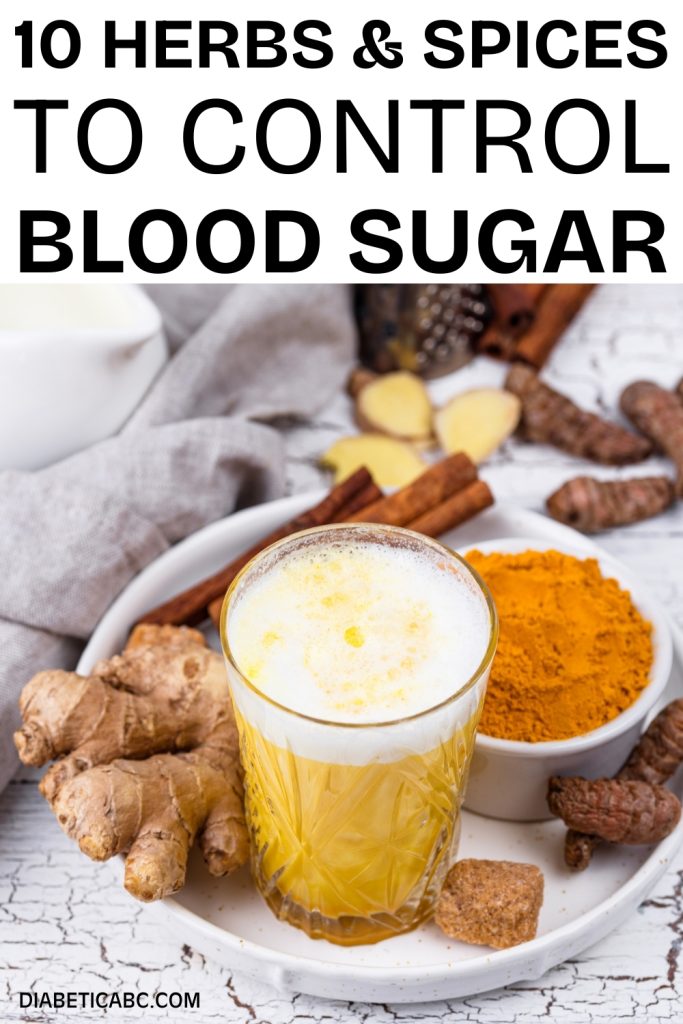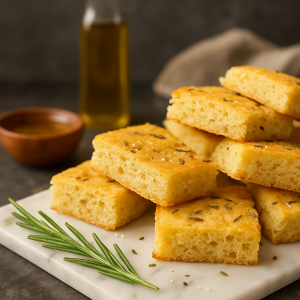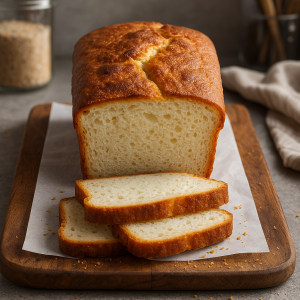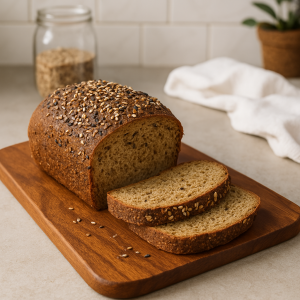Okay, full disclosure: I’m a bit of a spice hoarder. My kitchen cabinets look like a miniature, fragrant version of the Silk Road. Jars of turmeric jostle with cinnamon sticks, and bags of fenugreek… well, they kind of lurk in the back, smelling vaguely of maple syrup (more on that later!). I’ve always loved the flavor that spices bring, but lately, I’ve been diving deep into their potential health benefits, specifically for blood sugar.
Why? Well, let’s just say my last doctor’s appointment involved the words “prediabetes” and “lifestyle changes.” And while I’m all for a good brisk walk, the idea of giving up delicious food? Nope. Not happening. So, I started researching natural ways to support healthy blood sugar, and that’s when my spice rack became my new best friend.
This isn’t going to be some dry, clinical list of herbs. This is a journey through my kitchen, my (sometimes disastrous) experiments, and the science-backed (but still exciting!) potential of ten amazing herbs and spices.
Spice Rack Superstars: The Blood Sugar Dream Team (and a Few Quirky Sidekicks)
I’ve broken this down into sections, because, let’s be honest, a wall of text about cinnamon is nobody’s idea of a good time.
1. The Cinnamon Chronicles (Warm, Fuzzy, and Maybe Liver-Friendly)

Cinnamon is like the cozy sweater of the spice world. It’s warm, comforting, and instantly makes everything feel a little bit better. But it’s also got some serious science backing it up for blood sugar. Studies (and there are a lot of them) suggest it can help your body use insulin better and lower fasting blood sugar. One study even showed it helped folks with prediabetes who were overweight or obese – pretty impressive!
How I use it: Sprinkled on oatmeal, in yogurt, in smoothies, even in savory dishes like chili (trust me, it works!). Just be sure to use Ceylon cinnamon if you’re using a lot, as the more common Cassia cinnamon has higher levels of coumarin, which can be tough on your liver in large amounts.
2. Ginger’s Zing: (Spicy, Feisty, and Surprisingly Helpful)

Ginger is like that friend who’s always up for anything. It’s got a kick, a vibrant personality, and it’s surprisingly versatile. And it turns out, it might be pretty good for your blood sugar, too! Research shows it can help lower fasting blood sugar and improve HbA1c (that’s the long-term blood sugar marker).
How I use it: Freshly grated into stir-fries, brewed into tea (amazing with lemon and honey – wait, no, scratch that! – stevia, for the blood sugar conscious!), or even candied (in very small, sugar-free amounts, of course!).
3. Turmeric’s Golden Touch (Colorful, Earthy, and Anti-Inflammatory)
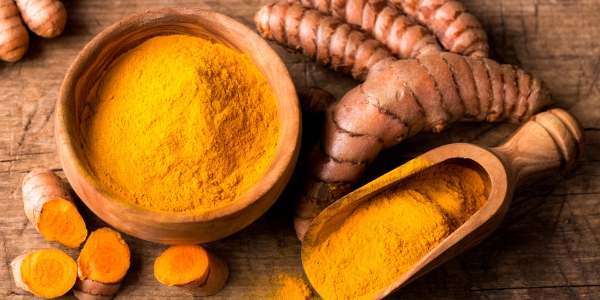
Turmeric is the sunshine of the spice rack. It turns everything a gorgeous golden yellow, and it’s packed with curcumin, a powerful antioxidant and anti-inflammatory compound. Studies suggest curcumin can actually be super effective at improving insulin sensitivity – some even say it rivals certain diabetes medications!
How I use it: In curries, obviously! But also in scrambled eggs (adds a lovely color and subtle flavor), roasted vegetables, and even “golden milk” (turmeric, ginger, black pepper, and a non-dairy milk – it’s surprisingly delicious).
4. Black Cumin’s Boldness (Intense, Mysterious, and Potentially Powerful)

Black cumin (also called Nigella sativa or kalonji) is the dark horse of the spice world. It’s got a slightly bitter, peppery flavor, and it’s been used in traditional medicine for centuries. Modern research is starting to catch up, showing it can significantly lower fasting blood sugar and HbA1c.
How I use it: Sprinkled on salads, mixed into yogurt, or added to Indian dishes. A little goes a long way!
5. Fenugreek’s… Unique Aroma (Maple-y, Slightly Odd, but Surprisingly Effective)

Okay, let’s be honest: fenugreek seeds smell a bit… peculiar. Like maple syrup that’s been left out in the sun a little too long. But don’t let the aroma fool you! These little seeds are packed with soluble fiber, which helps slow down sugar absorption. Studies show they can significantly improve blood sugar control, especially in people with prediabetes.
How I use it: Soaked in water overnight and then added to smoothies (the soaking helps reduce the bitterness), or ground into a powder and used in spice blends. (Warning: your sweat might smell faintly of maple syrup. It’s a thing.)
6. Cloves’ Comfort (Warm, Spicy, and Good for More Than Just Pumpkin Pie)

Cloves are like a warm hug in spice form. They’re incredibly aromatic, and they’re not just for holiday baking! Research suggests they can help lower after-meal blood sugar spikes, possibly by improving insulin function.
How I use it: In chai tea, stewed apples (with a tiny bit of sweetener), or even added to savory dishes for a warm, complex flavor.
7. American Ginseng’s Adaptogenic Boost (Earthy, Slightly Bitter, and Energy-Enhancing)

American ginseng is known as an “adaptogen,” meaning it helps your body adapt to stress. But it also seems to have some pretty impressive blood sugar benefits, especially for people with type 2 diabetes. Studies show it can lower both fasting and post-meal blood sugar.
How I use it: Usually as a tea (you can find ginseng tea bags, or steep the dried root). It’s got a slightly bitter, earthy flavor, so I sometimes add a bit of lemon and stevia.
8. Bitter Melon’s… Challenge (Bitter, Definitely Bitter, but Potentially Worth It)

Okay, I’m going to be upfront: bitter melon is not for the faint of heart. It’s… well, bitter. Really bitter. But it’s also got a long history of use in traditional medicine for managing blood sugar, and some studies suggest it can help. The science is a bit mixed, though, so it’s not a slam dunk.
How I use it: Honestly? I’m still working on this one. I’ve tried it stir-fried (with lots of other flavors to mask the bitterness), and in smoothies (again, with plenty of other ingredients). It’s an acquired taste, to say the least.
9. Garlic’s Pungent Power (Strong, Flavorful, and Surprisingly Versatile)

Garlic is a culinary staple, and it turns out it might be good for more than just keeping vampires away. Studies show it can help lower fasting blood sugar and improve HbA1c. Plus, it’s delicious!
How I use it: In pretty much everything! Roasted, sautéed, minced, even raw (if I’m feeling brave).
10. Aloe Vera’s… Unexpected Entry (Soothing, Gelatinous, and Still Under Investigation)

Aloe vera? For blood sugar? I know, it sounds weird. We usually think of it for sunburns, not smoothies. But some research suggests that drinking aloe vera juice or taking supplements might help lower blood sugar. The science is still pretty preliminary, though, so don’t go guzzling aloe vera gel just yet.
How I use it: I’ve tried adding a small amount of food-grade aloe vera juice to smoothies. It doesn’t have much flavor, but it does add a slightly… slimy… texture. (I’m still experimenting with this one.)
A Word of Caution
Before you go raiding your spice rack and turning your kitchen into a blood sugar-busting laboratory, a few important disclaimers:
- I’m not a medical professional. This is just my personal experience and research. Always talk to your doctor before making any major changes to your diet or supplement routine, especially if you have diabetes or any other health condition.
- These herbs and spices are not a replacement for medication. If you’re on diabetes medication, don’t stop taking it without talking to your doctor.
- Start slow. Introduce new herbs and spices gradually, and pay attention to how your body reacts.
- Be mindful of interactions. Some of these herbs and spices can interact with medications, so be sure to check with your doctor or pharmacist.
- Moderation. Just becuase it can be benificial, doesn’t mean it will be in large quantities.
The Takeaway
Managing blood sugar is a journey, not a destination. It’s about finding a balance that works for you, incorporating healthy habits, and, yes, even enjoying your food! These herbs and spices are just one piece of the puzzle, but they can be a delicious and potentially helpful addition to your overall strategy.
So, go forth, experiment (safely!), and maybe even discover your own secret spice blend for a healthier, happier you. And if you have any kitchen disasters along the way… well, at least you’ll have a good story to tell. (And maybe a slightly maple-scented house.)
